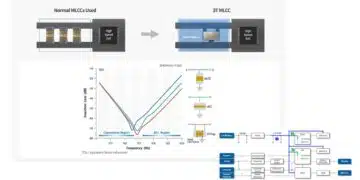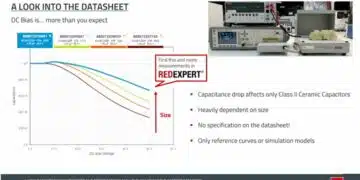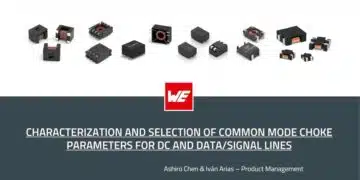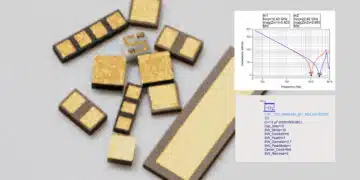Ceramic Capacitors
Modelithics Microwave Single-Layer Capacitors Modeling
Modelithics has developed a proprietary methodology to create accurate and scalable models for SLC single-layer microwave capacitors. Single-layer capacitors (SLCs)...
Read moreDetailsJohnson’s Approximation Modeling Improves Understanding of MLCC Dielectrics Voltage Dependence
Application of Johnson’s approximation in finite element modeling for electric field-dependent materials give improved understanding of voltage dependence and provide...
Read moreDetailsSimulation Model of MLCC Ceramic Capacitors
In this video prof Sam Ben-Yaakov introduces a comprehensive user-friendly simulation model of MLCC ceramic capacitors. Class II MLCC ceramic...
Read moreDetailsCapacitor Technology Fundamentals; WE Webinar
In this webinar presentation, Würth Elektronik introduces four fundamental capacitor technologies including ceramic capacitors, aluminum capacitors, film capacitors and supercapacitors,...
Read moreDetailsCapacitor Technologies in EV Power Systems
This article based on Knowles Precision Devices blog explores role of capacitor technologies in power systems of electric vehicles. The electrical power...
Read moreDetailsResearchers Demonstrated High Energy Storage, High Strength Multilayer Ferroelectric Dielectric Material
Researchers at the University of Twente proposed multilayer dielectric material that shows excellent energy storage properties and outperforms any other...
Read moreDetailsSurface Mount Capacitors for DC-DC Converter Applications
This article written by Naotaka Hata, KYOCERA-AVX Corporation provides SMD capacitor technologies benchmark in DC-DC converter applications. This whitepaper outlines the critical...
Read moreDetailsAdvancement of Ceramic Safety Y-Capacitor Technology for EV and Power Applications
This article discusses the safety capacitor standards and requirements for EV and power electronic applications and how ceramic capacitor advancements...
Read moreDetailsUnderstanding the Influence of ESR and Ripple Current for the Capacitor Selection
This article explains basics of ESR and ripple current parameters of differences capacitor technologies as a guideline for capacitor selection...
Read moreDetailsLayer-by-Layer Printing of Nanocomposite Capacitors
This paper explains layer-by-layer fabrication method, where nanocomposite dielectrics are printed by successive depositions of ultra-thin layers of a room-temperature-stable...
Read moreDetails






























